
My grandmother, who managed a working farm in my birthplace of Malta, gave me my first lesson on soil health when I was about seven. As we harvested lettuce for my rabbits, she said, “You cannot just take from the garden. You need to be prepared to give back.” She taught me that feeding the soil with aged rabbit manure would in turn feed our plants. Neither she nor I knew how many tiny soil workers it took to turn rabbit manure into plant nutrients, but we could see that strong, healthy plants grew from our well-fed soil.
Over the past 40 years, I have gardened in all types of soil. Feeding the soil and the life it contains with organic matter has remained my primary strategy for growing healthy plants. It is said that there are more organisms in a teaspoon of healthy soil than there are people on earth. That’s a lot of “mouths” to feed! No wonder most gardeners never seem to have enough compost to go around. To help you keep your garden’s hidden workforce fed, here are six great strategies to boost your output and make composting easier.
1. Make the most of a small space
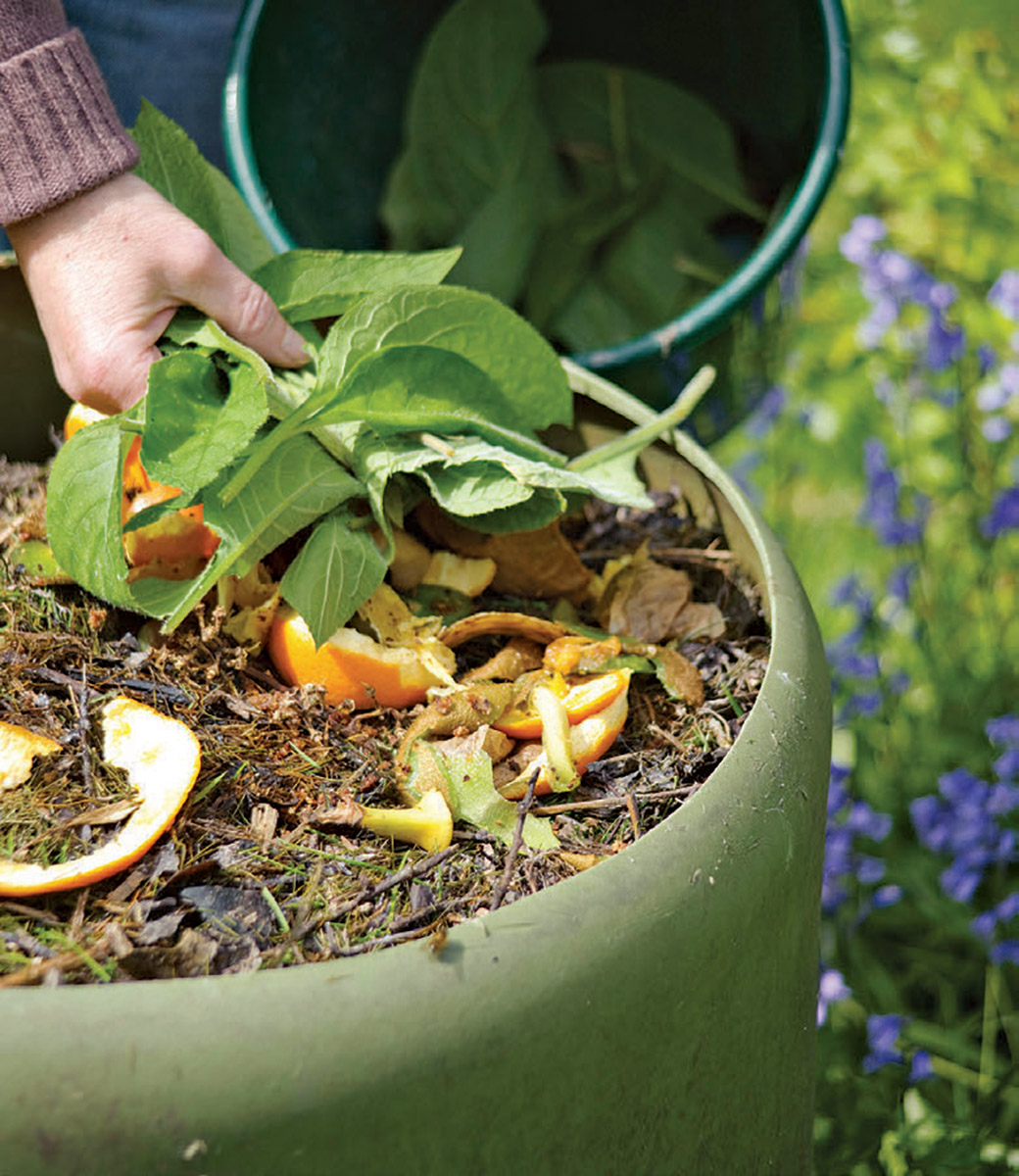
In our home garden, we have two plastic composters, each 2-1/2 feet wide by 3 feet tall. In these bins, we do our best to mix the raw ingredients at a rate of 1 part nitrogen (green) to 25–30 parts carbon (brown).
The green components include fruit and veggie scraps from the kitchen, fresh leaves, and fresh garden debris collected over the season. For the browns, we use wood shavings, sawdust, or dry leaves.
We layer the materials, occasionally adding water and shovelfuls of soil. If there’s a lot of green material but not much brown to add, we take the time to work the fresh material into the existing pile.
Each fall and spring we empty the bins, remove the beautiful black gold, and return any material that has not broken down to the bins. We generate several wheelbarrows full each spring and fall, which we apply throughout the garden. There is something very therapeutic about broadcasting a fresh batch of compost. Not only are you providing food for existing soil life, but you are also adding new populations of healthy soil flora and fauna.
2. Give your bins a lift
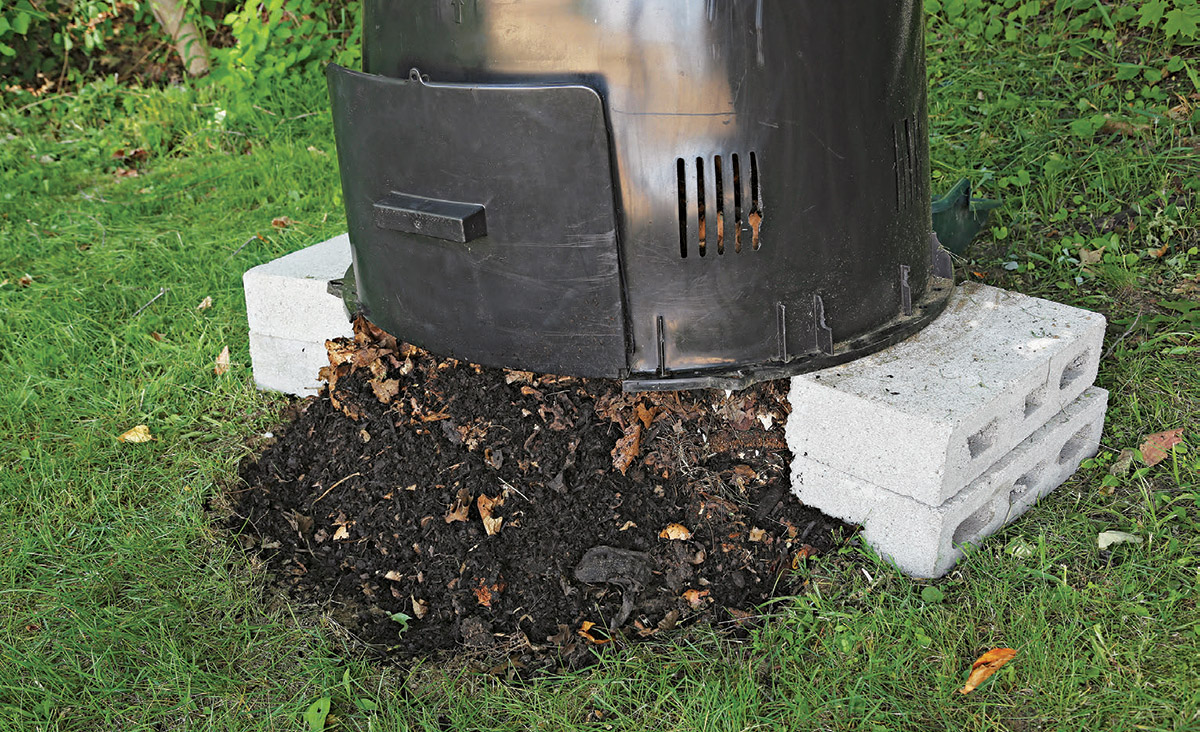
The only real drawback of plastic composters is their limited capacity. In my home garden, we are unable to expand the footprint of our composting area, so we make our bottomless bins a little taller by securely setting their edges on a foundation of bricks. We also dig beneath the composters when emptying them, which adds an extra 12 or more inches of depth. These tricks greatly increase the volume that a standard bin can hold.
3. Try a three-bin system
At the Toronto Botanical Garden, we have a good bit of space for composting. In addition to some large, out-of-sight piles that we try to turn once a year, we have a simple, efficient, three-bin system. The first bin holds new garden debris; the second bin is for the first turn, in mid to late summer; and the third bin is for a second turn the following spring, before the bin is emptied. Removable panels on the front and between bins make turning and harvesting the compost fast and easy.
4. Become a leaf connoisseur
Collecting and mulching autumn leaves is a great way to boost the organic content of your soil. It’s amazing how a 2- to 3-inch layer of chopped leaves spread in fall will have been devoured by soil organisms by the following spring. Supplement your leaf supply with donations from neighbors, who can pile them at the curb or bag them for pickup. A high-quality mulching mower makes quick work of chopping and bagging leaves, which can then be set aside for later distribution.
Garden tip: Tread softly when spreading compost
When spreading leaves or compost in garden beds, always use boards to step on. This distributes your weight and prevents unnecessary compaction, which is especially important on clay-based soils.
5. Compost in situ
Compost bins can fill up quickly with clippings from the garden, especially during spring cleanup. We have taken to cutting up plant debris directly into garden beds. Simply gather twigs and stems into small bunches, and roughly cut them into 1- to 2-inch pieces with hand pruners. The repetitive cutting is calming, and seeing the bits fall back into the garden is remarkably rewarding.
6. Embrace a bit of messiness

We must learn not to be so fussy and clean in the garden. Garden litter on the soil surface is a good thing; think of it as a constant supply of food for your soil-dwelling friends. In recent years there has been much discussion about increasing biodiversity in gardens through the plant choices we make and the pollinators and wildlife we support. We must not overlook the fact that the soil is a vital component of this equation, and we must do our part to feed and support the biodiversity that exists beneath our feet. Composting not only helps to feed the soil; it is also an integral part of feeding the gardener’s soul.
BOOK REVIEW: Teaming with Microbes The Organic Gardener’s Guide to the Soil Food Web
By Jeff Lowenfels and Wayne Lewis
Most gardeners know that a great garden begins with soil that is rich in organic matter and full of life. I thought I had a pretty good understanding of soil until I read this amazing book.
The authors clearly explain the role that micro- and macro-organisms have, individually and collectively, as part of the critical soil food web. They explain what we as gardeners can and should be doing to support these precious populations that exist beneath our feet.
After reading the book, you will never look at a handful of soil or a shovel full of compost the same way again. Where some may just see “dirt,” you will see life. The authors detail steps and ingredients to make better compost, and even offer a compost recipe for the lazy.
This is an intense and inspiring book with a powerful message: Building heathy gardens today is also a way to build a heathy future where all soil is teaming with microbes.
Paul Zammit is the director of horticulture at the Toronto Botanical Garden.
Photos, except where noted: courtesy of Paul Zammit

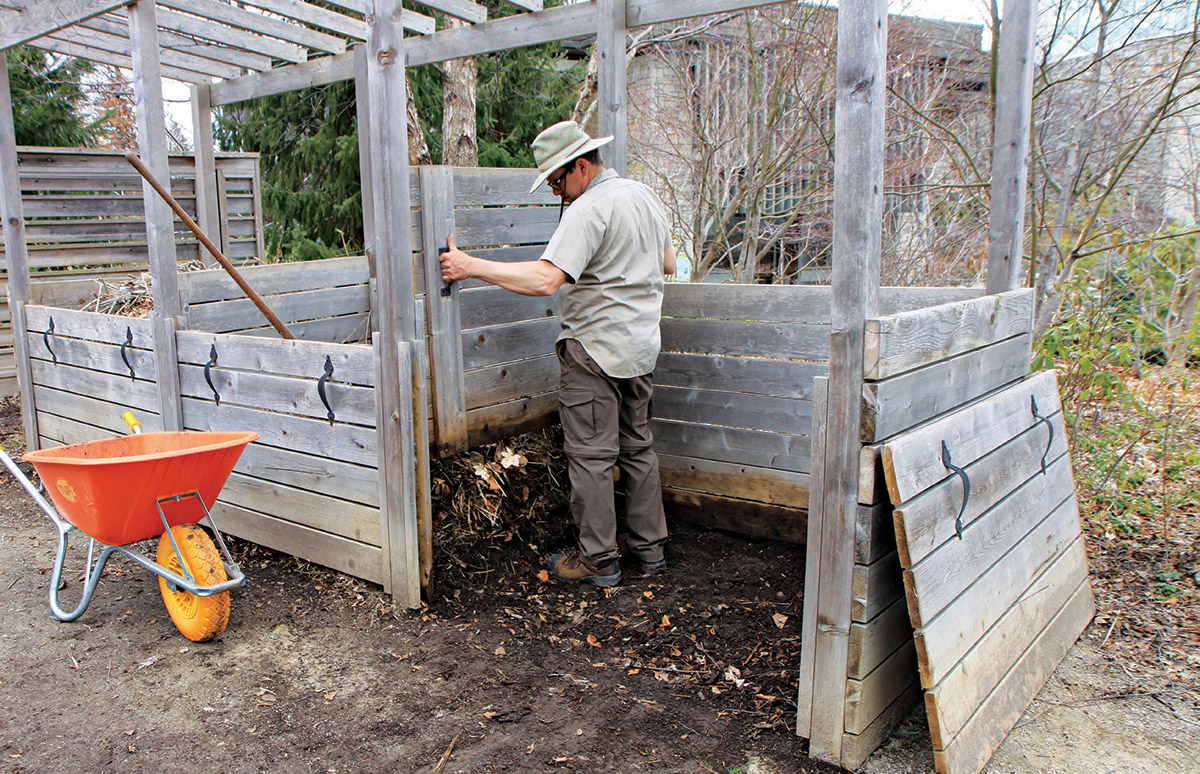
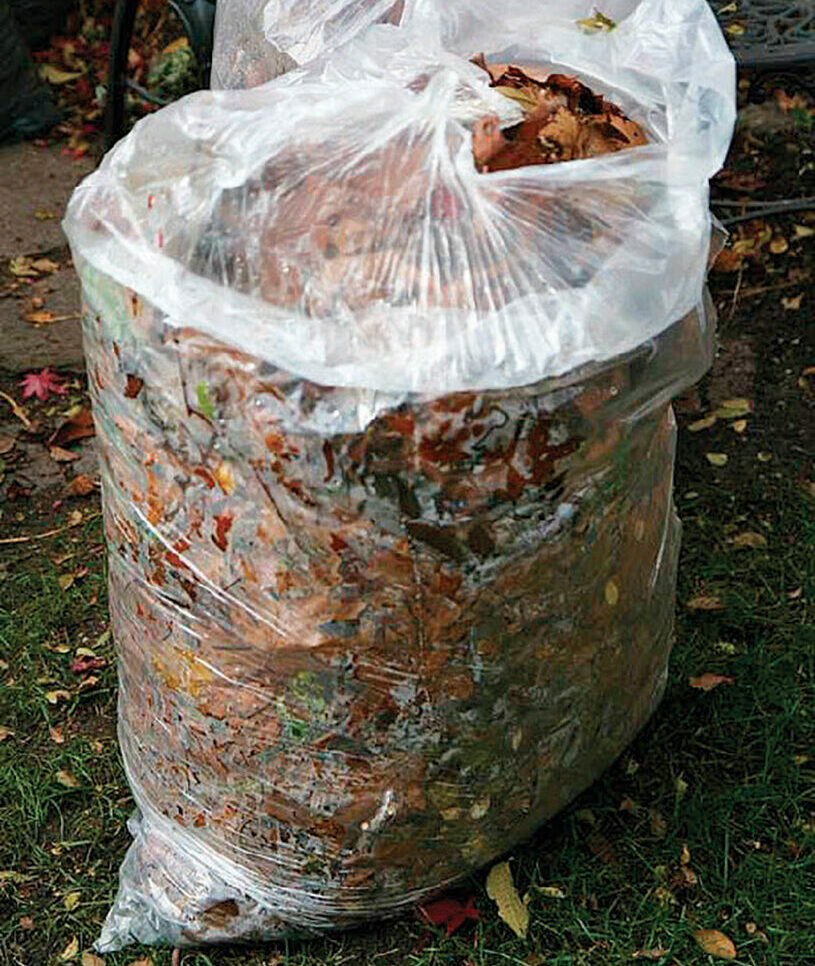





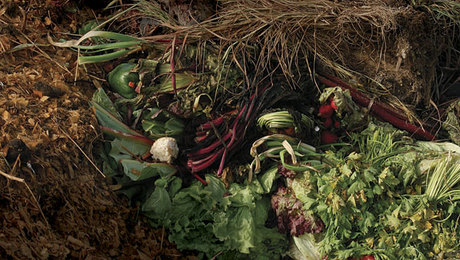












Comments
Log in or create an account to post a comment.
Sign up Log in